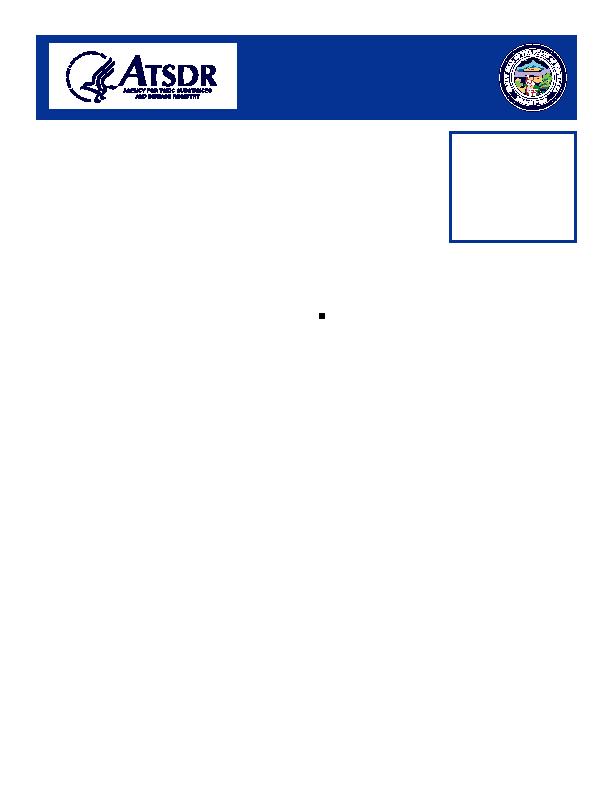
Activities in
Nebraska
ATSDR in Partnership With
hazardous substances
In fiscal years
into the environment in
Nebraska
19892004, ATSDR
a specific geographic
The Agency for Toxic Substances and Disease
awarded more than
area. Such releases are
Registry (ATSDR) is the lead public health agency
0,000 in direct
assessed for past, cur-
responsible for implementing the health-related provi-
funds and services
rent, or future impact on
sions of the Comprehensive Environmental Response,
to Nebraska.
public health. ATSDR,
Compensation, and Liability Act of 1980 (CERCLA).
in collaboration with
ATSDR is an Atlanta-based federal agency with more
public health and en-
than 400 employees and a budget for 2004 of approxi-
vironmental officials from Nebraska, has conducted
mately million. ATSDR assesses the presence and
13 public health assessments in the state, including the
nature of health hazards at specific Superfund sites,
following recent example.
helps to prevent or reduce further exposure and ill-
Omaha Lead Site--In June 2004, ATSDR
nesses resulting from those hazards, and expands the
released a public health assessment for the Omaha
knowledge base about the health effects of exposure to
Lead site for public review and comment. The
hazardous substances.
Omaha Lead site includes residential properties,
ATSDR works closely with state agencies to carry
child-care facilities, schools, and other properties
out its mission to serve the public by using the best
in the city of Omaha. These properties have been
science, taking responsive public health actions, and
contaminated with lead from air emissions from
providing trusted health information to prevent harm-
lead-refining operations beginning in the 1870s
ful exposures and disease related to toxic substances.
and continuing until 1997, and from other sources,
ATSDR provides funding and technical assistance to
including lead-contaminated soil and lead-based
paint.
ments and grants to identify and evaluate environ-
ATSDR reviewed blood lead testing results for
mental health threats to communities. These resources
approximately 12,800 children, soil lead data for
enable state and local health departments and other
approximately 15,000 properties, and various
grantees to further investigate environmental health
exposure scenarios. ATSDR concluded that
concerns and to educate communities. In fiscal years
ongoing lead exposure to children 6 years and
19892004, ATSDR awarded more than 0,000 in
younger living in or near the site puts them at risk
direct funds and services to Nebraska for financial
for lead-related health effects.
support of specific environmental health activities. In
From July 2000 through August 2002, nearly 300
addition to direct funds and services, ATSDR provides
(9.7%) children living in or near the site had blood
technical and administrative guidance for state-con-
lead levels of 10 micrograms per deciliter (g/dL)
ducted site activities.
or greater, compared with 2.0% for Nebraska and
ATSDR Site-Specific Activities
3.1% for the United States in 2001. The majority
of these children had blood lead levels between
Public Health Assessment-Related Activities
10 and 40 g/dL and may be at risk for decreases
One of ATSDR's important mandates is to conduct
in IQ, slightly impaired hearing and growth, and
problems metabolizing vitamin D.
List (NPL) sites and of other sites where a significant
Children living in the site area are exposed to
threat to public health might exist. A public health
two major sources of lead--lead-based paint and
assessment is a written, comprehensive evaluation of
past emissions from lead-refining operations.
available data and information about the release of


 Previous Page
Previous Page
